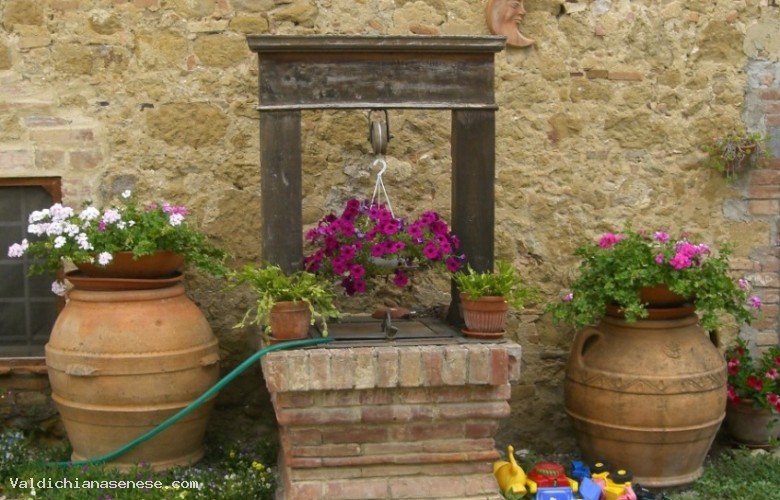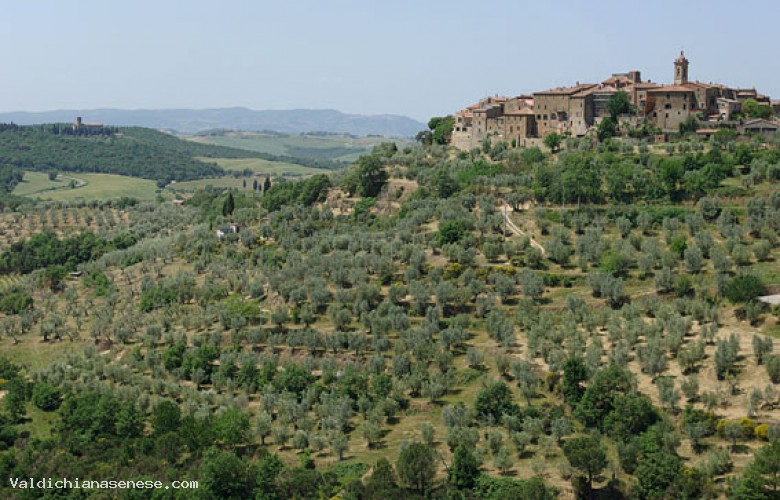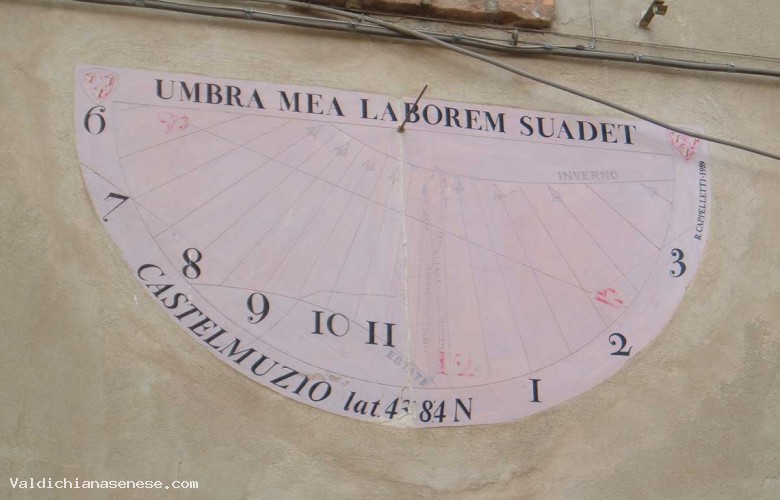Old Towns
Castelmuzio
TREQUANDA.jpg)
.jpg)

.jpg)
.jpg)
.jpg)


.jpg)
.jpg)
The origins of Castelmuzio can be traced back to the Etruscan-Roman era: in fact, in its vicinity, the remains of a temple dedicated to the goddess Isis, sacred to the Etruscans, have been found.
The first document in which Castelmuzio is mentioned dates back to 1213, in which it is described as the fortification of Castel-Mozzo and property of the Counts of the Scialenga of Asciano, already lords of the nearby Montisi and Petroio.
Castelmuzio, or rather "Castel Mozzo", after being transferred to the Republic of Siena in 1270, became the property of the Hospital of Santa Maria della Scala until 1470, when the castle was purchased by Andrea Piccolomini.
When, in 1559, the Republic of Siena fell, Castel Mozzo, which in the meantime had become "Castelmuzio", became part of the Grand Duchy of Tuscany and, after the unification of Italy, a hamlet of Trequanda.
It has the structure of a small fortified castle with walls and ramparts.
Noteworthy are: the Hospital of S. Giovanni Battista, the Casa Torre della Comunità and the parish church of S. Maria Assunta with a Latin cross plan inside there is a 17th century Madonna del Buon Consiglio and a wooden statue of S.Antonio of the seventeenth century.
In the adjacent church of the Confraternita della SS.Trinità and S.Bernardino there are valuable works of the Sienese school.
The works are attributed to: Pietro di Francesco Orioli, Giovanni di Paolo, Domenico Beccafumi, Duccio di Buoninsegna, Sano di Pietro, Domenico Manetti and Giampaolo Pisani.
In addition, on the road leading to Montisi, there is the Pieve di Santo Stefano a Cennano. The Church, originally an Etruscan and later Roman temple, was built in sandstone, towards the second half of the XII century.
The origins of Castelmuzio can be traced back to the Etruscan-Roman era: in fact, in its vicinity, the remains of a temple dedicated to the goddess Isis, sacred to the Etruscans, have been found.
The first document in which Castelmuzio is mentioned dates back to 1213, in which it is described as the fortification of Castel-Mozzo and property of the Counts of the Scialenga of Asciano, already lords of the nearby Montisi and Petroio.
Castelmuzio, or rather "Castel Mozzo", after being transferred to the Republic of Siena in 1270, became the property of the Hospital of Santa Maria della Scala until 1470, when the castle was purchased by Andrea Piccolomini.
When, in 1559, the Republic of Siena fell, Castel Mozzo, which in the meantime had become "Castelmuzio", became part of the Grand Duchy of Tuscany and, after the unification of Italy, a hamlet of Trequanda.
It has the structure of a small fortified castle with walls and ramparts.
Noteworthy are: the Hospital of S. Giovanni Battista, the Casa Torre della Comunità and the parish church of S. Maria Assunta with a Latin cross plan inside there is a 17th century Madonna del Buon Consiglio and a wooden statue of S.Antonio of the seventeenth century.
In the adjacent church of the Confraternita della SS.Trinità and S.Bernardino there are valuable works of the Sienese school.
The works are attributed to: Pietro di Francesco Orioli, Giovanni di Paolo, Domenico Beccafumi, Duccio di Buoninsegna, Sano di Pietro, Domenico Manetti and Giampaolo Pisani.
In addition, on the road leading to Montisi, there is the Pieve di Santo Stefano a Cennano. The Church, originally an Etruscan and later Roman temple, was built in sandstone, towards the second half of the XII century.